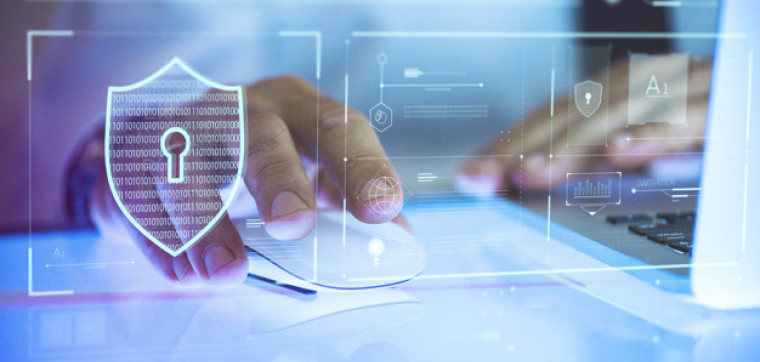Network security and infrastructure protection are critical components of modern cybersecurity. With the growing number of cyber attacks and the increasing complexity of computer networks, it has become a top priority for organisations.
Network security refers to the measures taken to protect computer networks from unauthorised access, attacks, and data breaches. Infrastructure protection refers to the physical and logical security measures used to protect the computer network’s underlying infrastructure, including servers, routers, switches, and other network devices.
How to improve network security
- One of the most critical steps is to implement a robust firewall that can block unauthorised access to the network. A firewall is a network security system that monitors and controls incoming and outgoing network traffic, based on predetermined security rules.
- Another critical component of network security is intrusion detection and prevention systems. These systems monitor network traffic for signs of malicious activity and can automatically block or quarantine traffic that is identified as a threat. Intrusion detection and prevention systems can be either hardware or software-based and are often used in combination with firewalls.
- Network segmentation involves dividing the network into smaller sub-networks, each with its own set of security rules and access controls. By segmenting the network, organisations can limit the impact of a cyber attack and prevent the spread of malware across the entire network.
To protect the underlying network infrastructure, organisations can implement physical security measures, such as access controls, surveillance cameras, and alarm systems. Logical security measures, such as encryption and access controls, can also be used to protect the network infrastructure from unauthorised access and data breaches.
The measures taken to protect computer networks and infrastructure must be comprehensive, including firewalls, intrusion detection and prevention systems, network segmentation, and physical and logical security measures. Regularly updating security measures and training employees on best practices is also important in keeping systems secure. By implementing these measures, organisations can protect their networks and infrastructure from cyber attacks and ensure the safety of their data and operations.

Leave a Reply